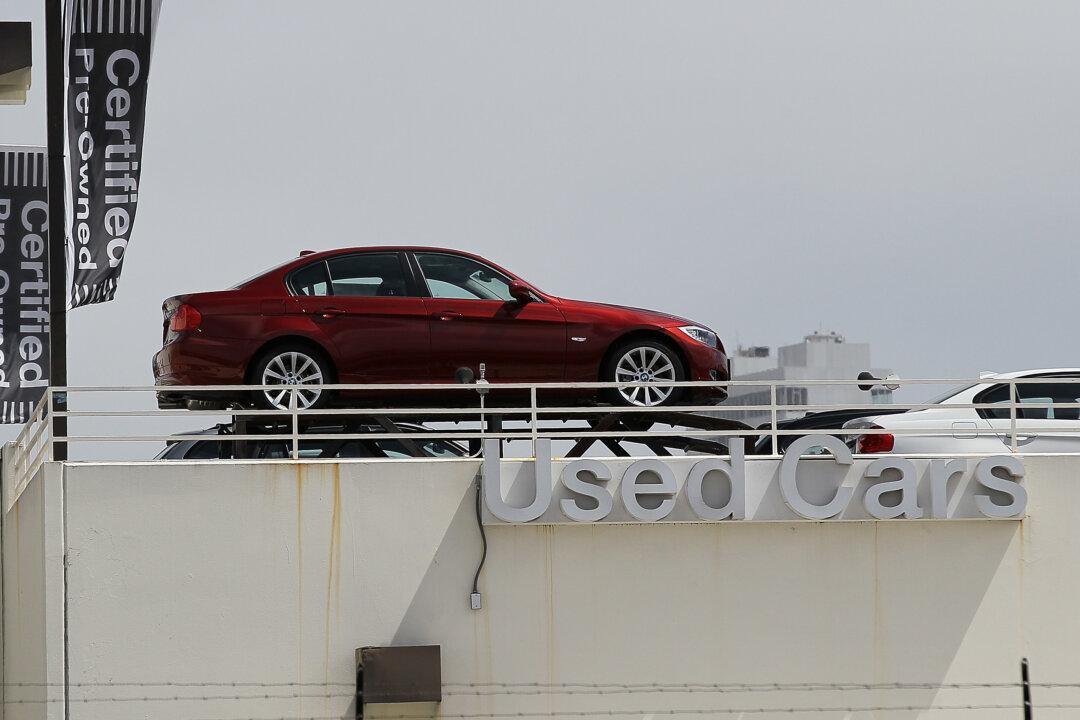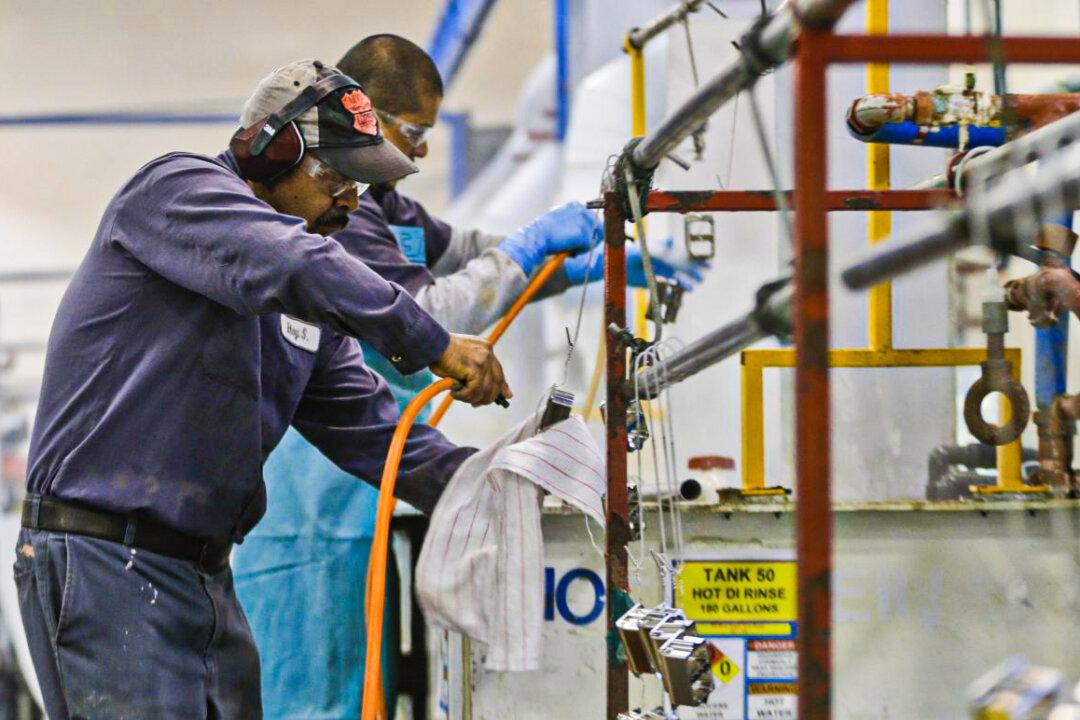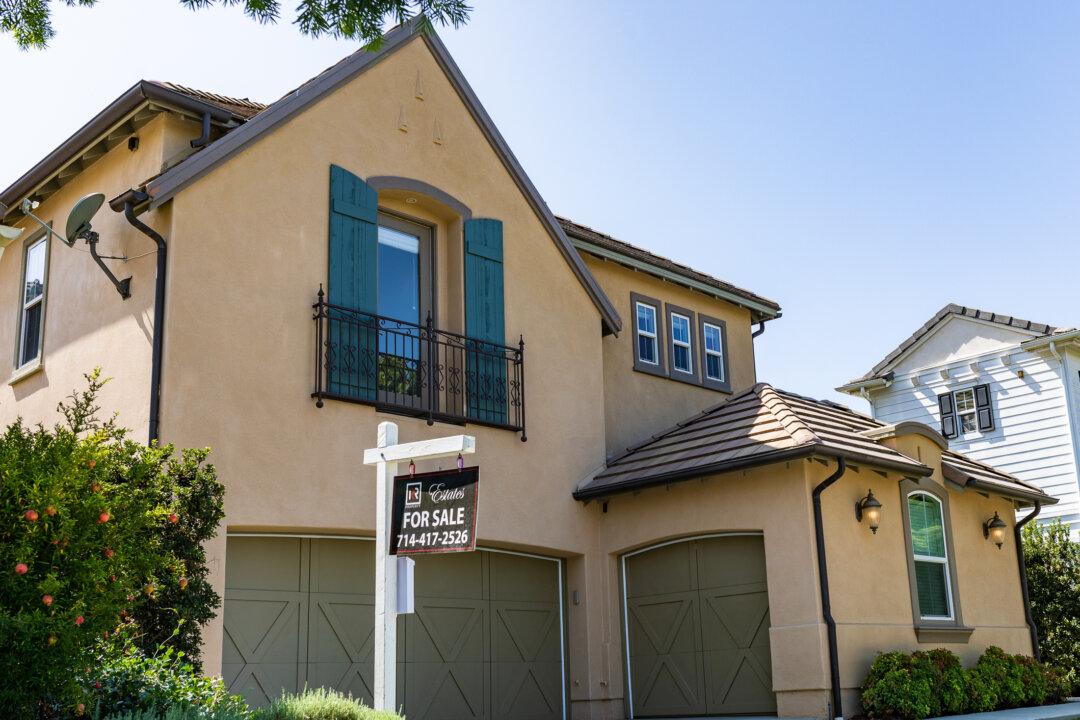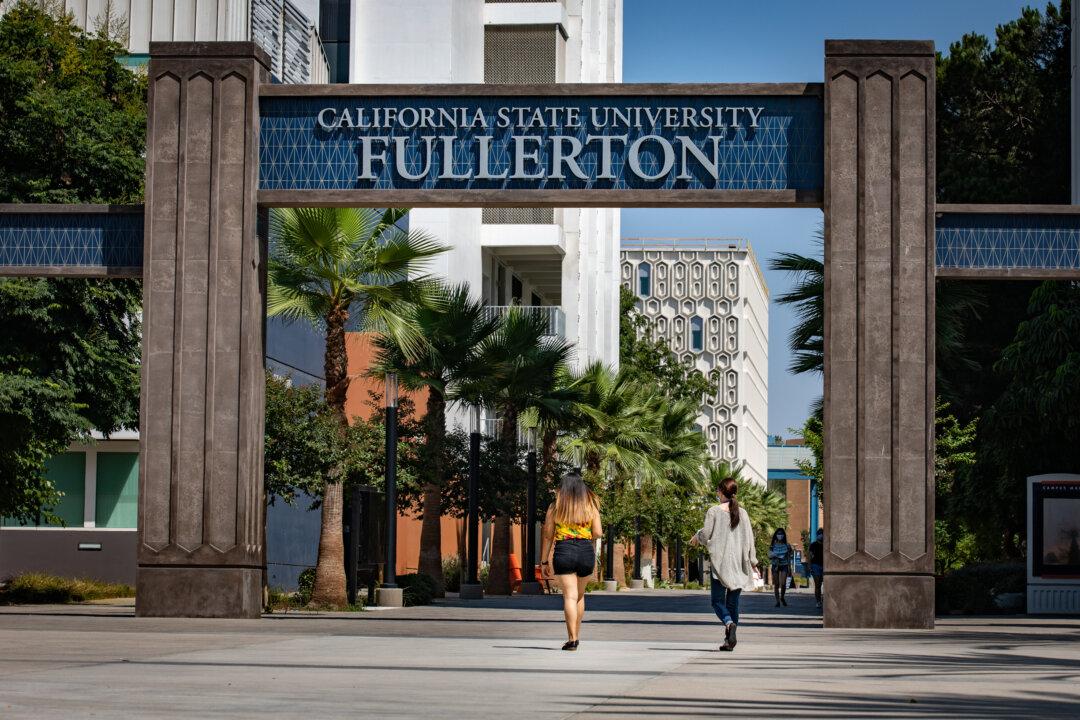Commentary
The cost of shelter in Southern California is reflecting the exodus from more urban areas toward less urban areas, while prices for used cars and trucks continue to climb across the Southland, according to Bureau of Labor Statistics (BLS) data released on Oct. 13.





